Transcription of A TOOL FOR ORGANIZATIONAL PLANNING - …
1 A TOOL FOR ORGANIZATIONAL PLANNING THE business model CANVAS AUGUST 2017 Sara McTarnaghan Leah Hendey ACKNOWLEDGMENTS The authors appreciate the thoughtful suggestions on the draft guide from Minh Wendt and her colleagues in the Office of Minority Health at the US Department of Health and Human Services, as well as Noah Urban, Jake Cowan, and Stephanie Quesnelle of Data Driven Detroit. Kathryn Pettit (technical reviewer) at the Urban Institute also provided valuable comments. This guide was supported by the Office of Minority Health at the US Department of Health and Human Services.
2 The views expressed are those of the authors and do not necessarily represent those of the Office of Minority Health, Data Driven Detroit, the Urban Institute, its trustees, or its funders. Copyright 2017 by the Urban Institute. Permission is granted for reproduction of this file, with attribution to the Urban Institute. NNIP | THE business model CANVAS 1 Table of Contents Introduction .. 2 How to Facilitate a business model Canvas Development Process for a Local Data Intermediary .. 4 Setting Up and Introducing the business model Canvas .. 4 Build (Round 1) .. 5 1: Value Proposition and Customer Segments.
3 6 2: Customer Relationships, Channels and Revenue Streams .. 6 3: Key Partners, Activities and Resources .. 6 4: Cost structure .. 7 5: Impact .. 7 Present and Refine (Round 2) .. 7 Identify Opportunities and Obstacles .. 8 Seek Feedback from Others .. 8 Use your business model 8 Appendix 1. business model Canvas Template .. 10 Appendix 2. Additional Resources .. 11 NNIP Resources .. 11 business model Canvas Resources .. 11 NNIP | THE business model CANVAS 2 INTRODUCTION As described in the accompanying brief, The business of a Local Data Intermediary, a business model is a critical tool to help local data intermediaries organize operations and understand one s clients, revenue and value and the streams and products that connect business models should be revised and refined over time as an organization s activities, capacity, and reputation develop, and the local funding environment evolves.
4 Despite its importance, there is no one prescribed format to develop a business model and the process can often be overwhelming for staff. In this short brief, we introduce the business model Canvas, one tool to facilitate a participatory, rapid design process for business models. The business model Canvas was originally developed by Alexander Osterwalder, a business theorist, to simplify the process of developing and updating business models. Effective business models should work as a blueprint for a strategy to be implemented through ORGANIZATIONAL structures, processes, and systems. 2 The business model Canvas consolidates a traditionally lengthy business model into a one-page synthesis.
5 The tool is freely available online via , including training materials such as facilitation The canvas brings together the following components of a business model which are displayed visually in boxes: value proposition customer segments distribution channels customer relationships key resources key partnerships key activities cost structure impact The design of the canvas enables the user to view all parts on one page and see how they interact. 1 For more information about the services that a local data intermediary provides, see NNIP s Guide to Starting a Local Data Intermediary at 2 Osterwalder and Pigneur.
6 2010. business model Generation Book Preview. Pg. 15. Accessed via: 3 The Strategyzer business model Canvas is published under the Creative Commons Attribution-Share Alike license described at NNIP | THE business model CANVAS 3 The business model Canvas is a facilitated brainstorming exercise intended to generate ideas. For well-established organizations, the process may help sharpen the value proposition and lead to a better understanding of what clients ( sources of revenue) are and are not interested in. For newer organizations, or ones experiencing change, the business model Canvas can be a tool to help identify where an organization should be in the future and establish a plan for getting there.
7 The canvas may not necessarily result in an externally-facing product, but it can be used to inform strategic conversations with funders and stakeholders. The business model Canvas was first introduced to Partner organizations of the National Neighborhood Indicator Partnership (NNIP) in 2014 during a workshop on business models, and has been used by several local data NNIP Partners have found the tool effective for focusing their thinking on core elements of their business models and concisely articulating key components to internal and external audiences. For some, adapting the business /technology company vernacular to the work of universities and nonprofits was challenging.
8 By defining impact of data intermediary work on the canvas, Partners could better align their business model canvas with the impact they seek to achieve. Several NNIP Partners also found it useful to build on the canvases they created during the workshop, repeating the process with their staff and board members to further refine the model for sharing with local funders and stakeholders. For example, NeighborhoodInfo DC refined their business model canvas and converted it to a strategic PLANNING document. This document was used to articulate their ORGANIZATIONAL needs and the external support required to achieve their This guide is intended for local NNIP Partner organizations and other local organizations seeking to develop data intermediary services.
9 The NNIP network experience shows that the process is valuable for both established organizations and those just starting out. The remainder of this brief provides general steps and advice for developing a business model Canvas, as well as brief explanations of the individual components of the canvas. Also, see Appendix 1 for a blank version of the business model Canvas and Appendix 2 for additional resources. 4 Coordinated by the Urban Institute, the National Neighborhood Indicators Partnership (NNIP) consists of independent organizations in 32 cities that have a shared mission to help community stakeholders use neighborhood data for better decisionmaking, with a focus on assisting organizations and residents in low-income communities.
10 5 Examples of business model Canvases from the workshop and related documents are available to NNIP Partners through the NNIP website and to other local organizations working towards the NNIP model upon request. NNIP | THE business model CANVAS 4 HOW TO FACILITATE A business model CANVAS DEVELOPMENT PROCESS FOR A LOCAL DATA INTERMEDIARY SETTING UP AND INTRODUCING THE business model CANVAS The following considerations are necessary to host a business model Canvas development session for local data intermediaries. We recommend conducting the session in person. Identify Participants: We recommend that your initial canvas building session be completed with staff from your organization.

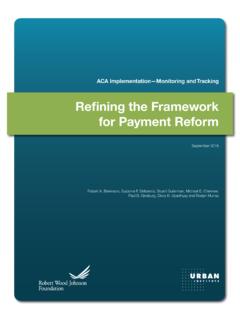
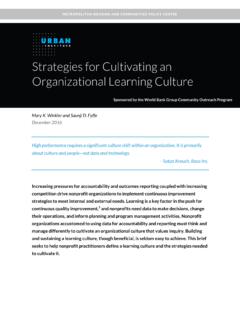
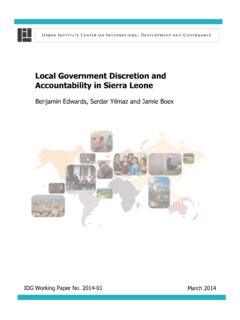
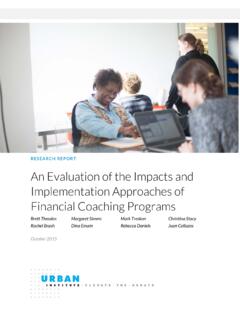

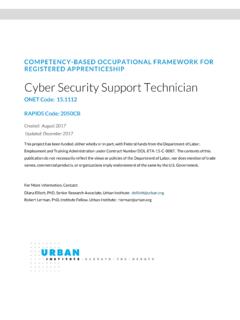


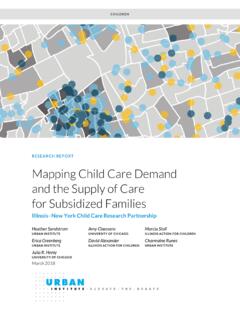
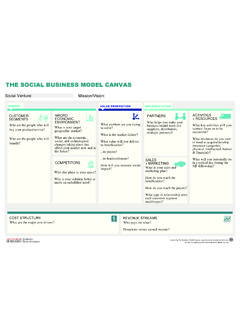
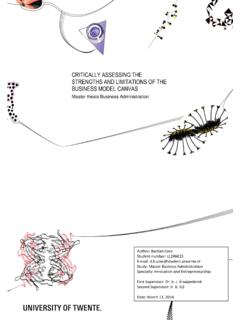
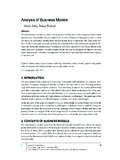

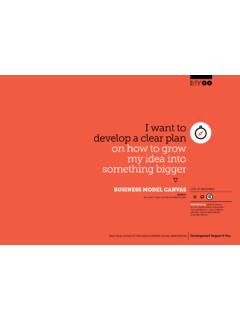
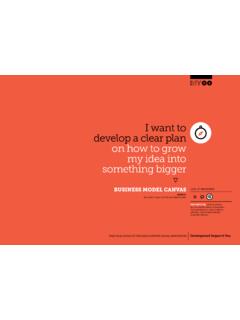

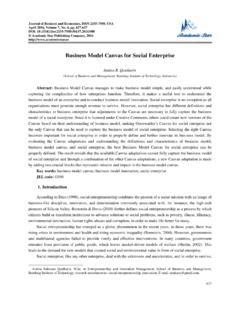

![CWT 1dbX]Tbb <^ST[ 2P]ePb 3TbXV]TS U^a) …](/cache/preview/0/6/9/7/0/6/d/e/thumb-069706de32ac780ef219ca36b5ba0904.jpg)